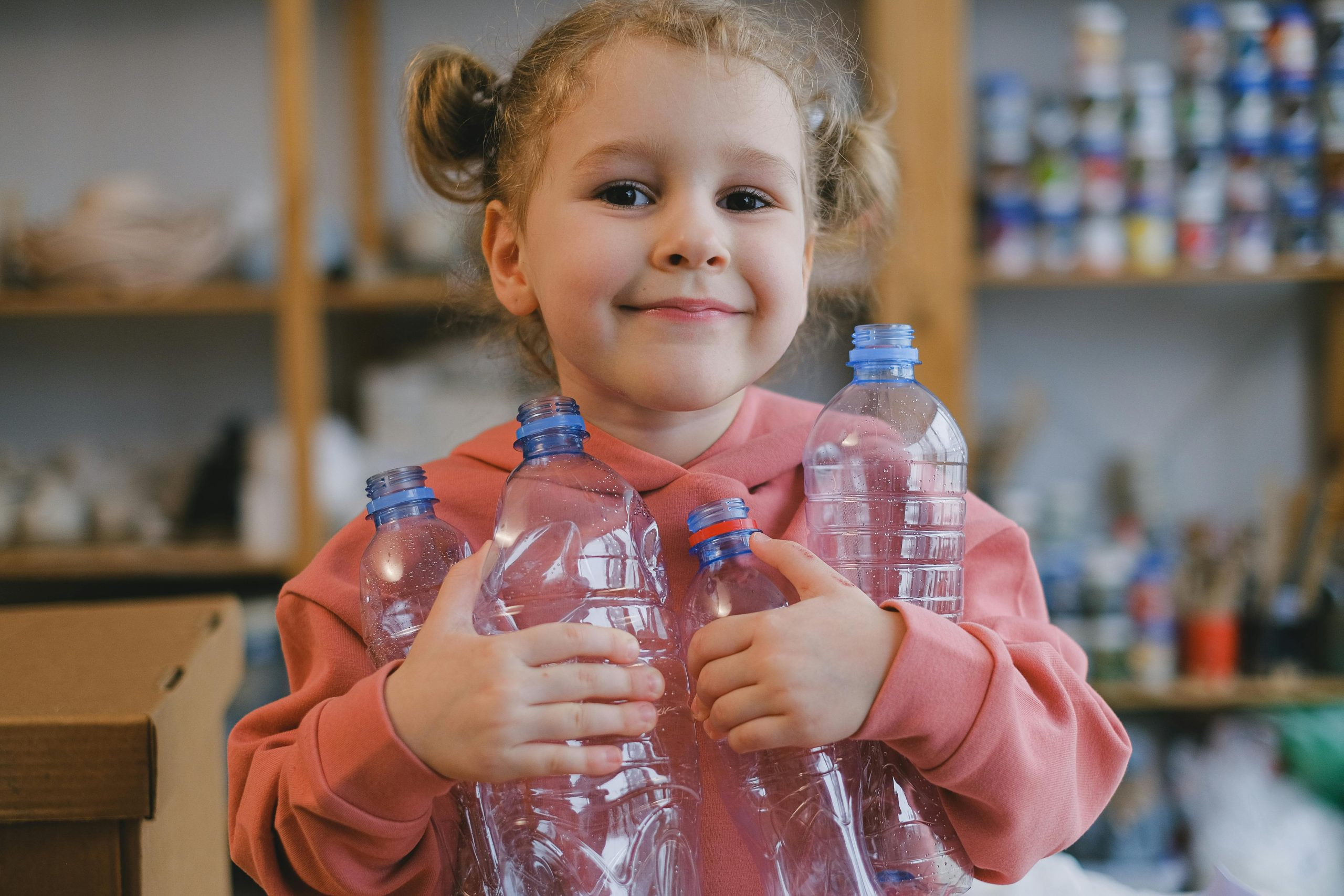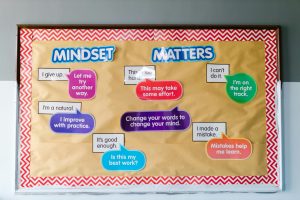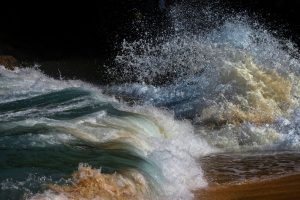Building a sustainable future: integrating environmental education into the curriculum
As our world continues to face challenges such as climate change and pollution, there has been a growing push for sustainability and environmental awareness in every aspect of our lives. This includes education, where the younger generation is being encouraged to act as agents of change in building a sustainable future. One effective way to incorporate this is by integrating environmental education into the curriculum. In this article, we will explore the importance of environmental education and how it can be integrated into the curriculum to create a more sustainable future for generations to come.
The Importance of Environmental Education
Environmental education is a form of learning that aims to promote environmental awareness, knowledge, and skills, and ultimately, foster responsible and sustainable behavior towards the environment. With the increasing threats to our planet, it has become even more crucial to educate the younger generation about the environment and how to protect it.
Effective environmental education not only provides students with information about environmental issues, but it also teaches them critical thinking and problem-solving skills necessary to address these challenges. By understanding the interconnectedness of the environment and human actions, students can develop a sense of responsibility and take positive actions towards building a sustainable future.
Integrating Environmental Education into the Curriculum
The curriculum is a fundamental aspect of education, and it plays a significant role in shaping students’ knowledge and values. By incorporating environmental education into the curriculum, we can ensure that every student receives a comprehensive understanding of the environment and its importance in our lives.
Infusing Environmental Topics in Different Subjects
One way to integrate environmental education into the curriculum is by incorporating relevant environmental topics into different subjects such as science, social studies, and even language arts. For instance, science classes can include topics on climate change and its impact on the environment, while social studies can examine the role of politics and policies in environmental protection. By bringing these topics into various subjects, students can have a more holistic view of the environment and its significance.
Project-based Learning
Project-based learning is an effective way to engage students in real-world problems and provide them with hands-on experience. By incorporating environmental projects into the curriculum, students can learn about sustainability, conservation, and environmental problem-solving through practical application. This approach not only improves students’ understanding but also empowers them to take positive action towards environmental issues.
Field Trips and Outdoor Learning
Another effective way to integrate environmental education into the curriculum is by organizing field trips and outdoor learning activities. These experiences allow students to connect with nature and experience environmental science firsthand. They can learn about different ecosystems, observe biodiversity, and understand the delicate balance of nature. These activities not only enhance students’ understanding but also instill a sense of responsibility and appreciation for the environment.
The Impact of Integrating Environmental Education
Integrating environmental education into the curriculum can have a profound impact on students and their surroundings. By educating students about the environment and sustainability, they can make informed decisions that positively impact the environment. They can implement sustainable practices in their daily lives, educate their families and friends, and contribute to building a greener and more sustainable future.
Moreover, by instilling environmental education at a young age, we are creating a generation that is conscious and proactive about environmental issues. They can continue to advocate for sustainable practices, hold decision-makers accountable, and drive positive change in their communities and beyond.
Conclusion
As the world continues to face pressing environmental challenges, it is vital to equip the younger generation with the knowledge and skills to address these issues. Integrating environmental education into the curriculum is crucial in creating a more sustainable future, as it empowers students to become agents of change. By infusing environmental topics, incorporating project-based learning, and providing outdoor experiences, we can create a generation that is environmentally aware and actively working towards a better, more sustainable world. Let us work together to mold a future that is greener and more environmentally responsible.










